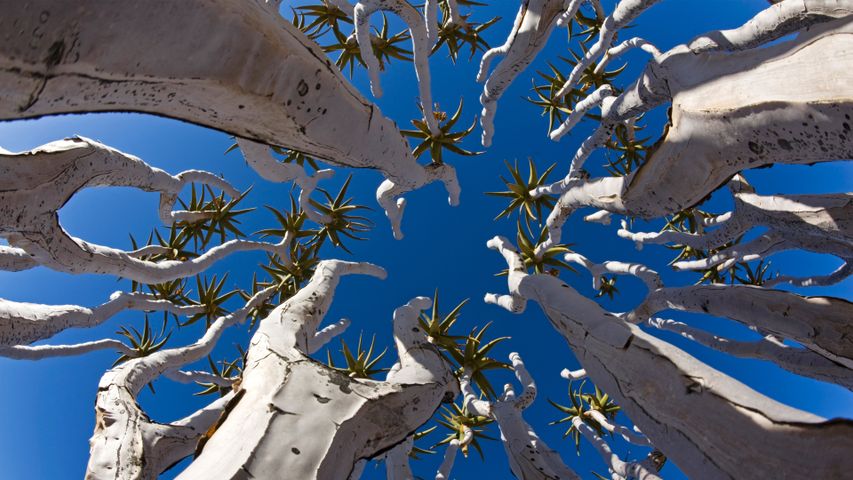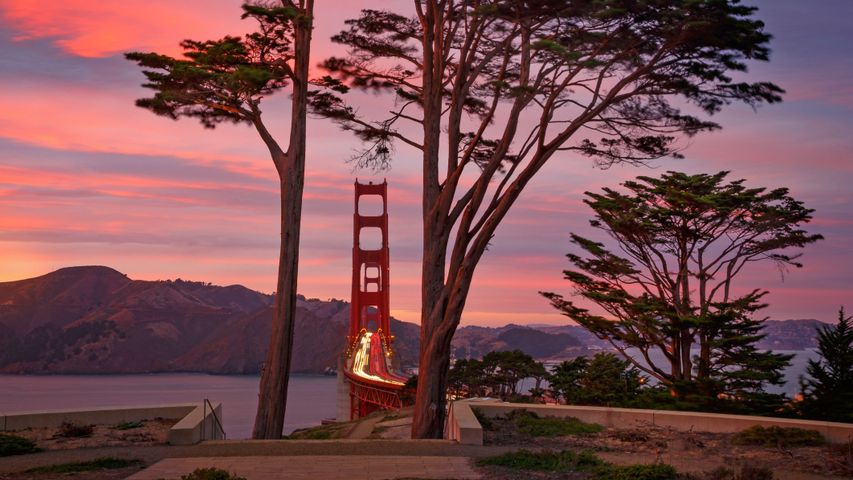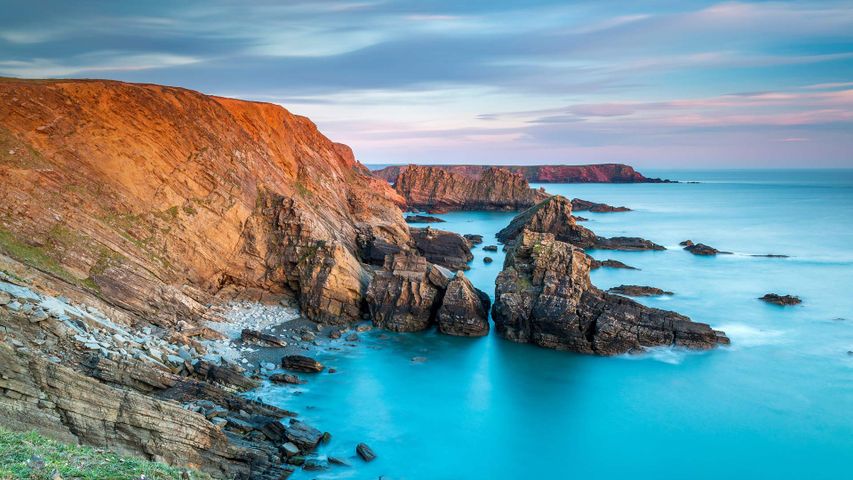Aerial view of Everglades National Park, Florida, USA
© Tetra Images/Getty Image
Clouds over the 'River of Grass'
It's the beginning of the wet season in the Everglades (state of Florida, USA), where it's typically hot and humid from May through November. Afternoon thunderstorms are common, bringing heavy rainfalls that subside quickly. The largest subtropical wilderness in the US, the Florida Everglades is essentially a slow-moving river, close to a 100 kilometres wide and over 160 kilometres long. The water flows during the wet season from Lake Okeechobee southward across a limestone shelf to the southern tip of the Florida Peninsula. The complex ecosystem here is not found anywhere else on the planet.
Nicknamed the 'River of Grass' by conservationist Marjory Stoneman Douglas, the Everglades are full of sawgrass marshes, cypress swamps, and mangrove forests. In the early 20th century, water flow from Lake Okeechobee was increasingly diverted to support the development of South Florida, and it became clear that the Everglades were quickly vanishing. To help protect the fragile ecosystem, Everglades National Park was established in 1934, preserving about 20 per cent of the original wetlands. While rising water levels can make it challenging to spot wildlife during the wet season, it's a critical season for the birds, crocodiles, manatees, and many more beautiful creatures that call the 'River of Grass' home.

 Wolfe Creek Crater, Australia
Wolfe Creek Crater, Australia
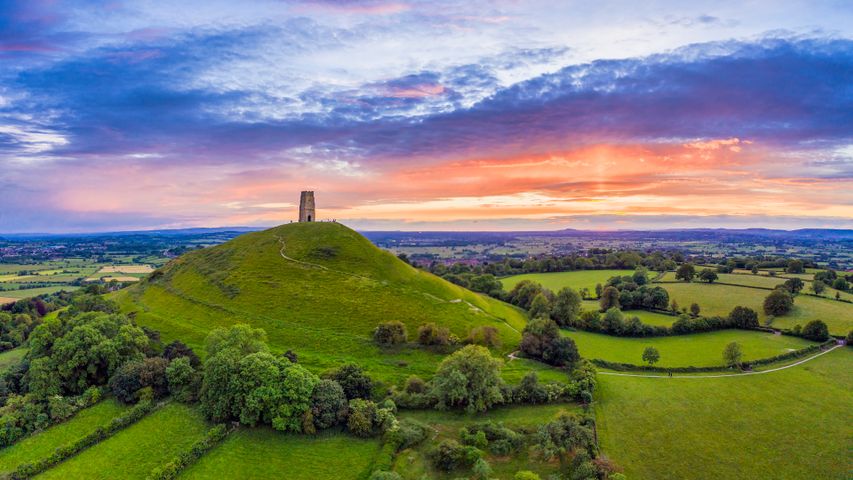 St. Michael's Church Tower on Glastonbury Tor, Glastonbury, Somerset, England
St. Michael's Church Tower on Glastonbury Tor, Glastonbury, Somerset, England
 Delicate Arch, Arches National Park, Utah, United States
Delicate Arch, Arches National Park, Utah, United States
 Elbe river in Dresden, Germany
Elbe river in Dresden, Germany
 Lakshman Jhula, Rishikesh, Uttarakhand
Lakshman Jhula, Rishikesh, Uttarakhand
 Cinque Torri, Dolomiti, Cortina d’Ampezzo, Belluno, Veneto, Italy
Cinque Torri, Dolomiti, Cortina d’Ampezzo, Belluno, Veneto, Italy
 Chisos Mountains, Big Bend National Park, Texas, United States
Chisos Mountains, Big Bend National Park, Texas, United States
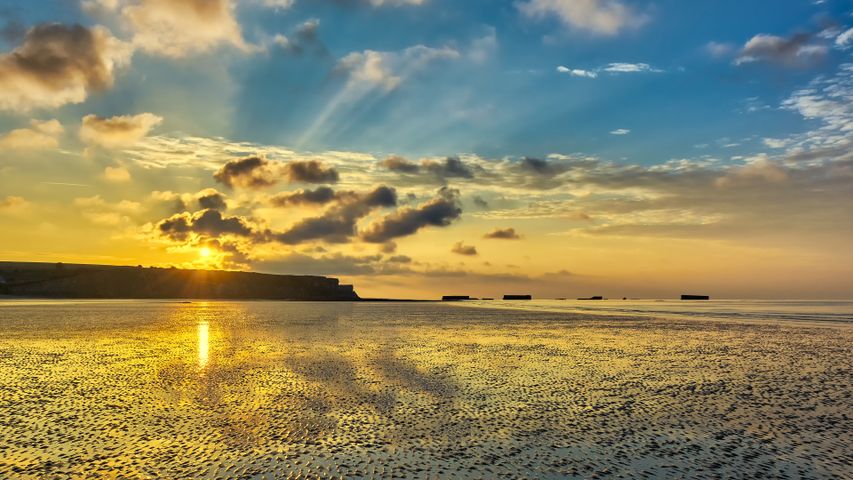 Arromanches-les-Bains in Normandy, France
Arromanches-les-Bains in Normandy, France


